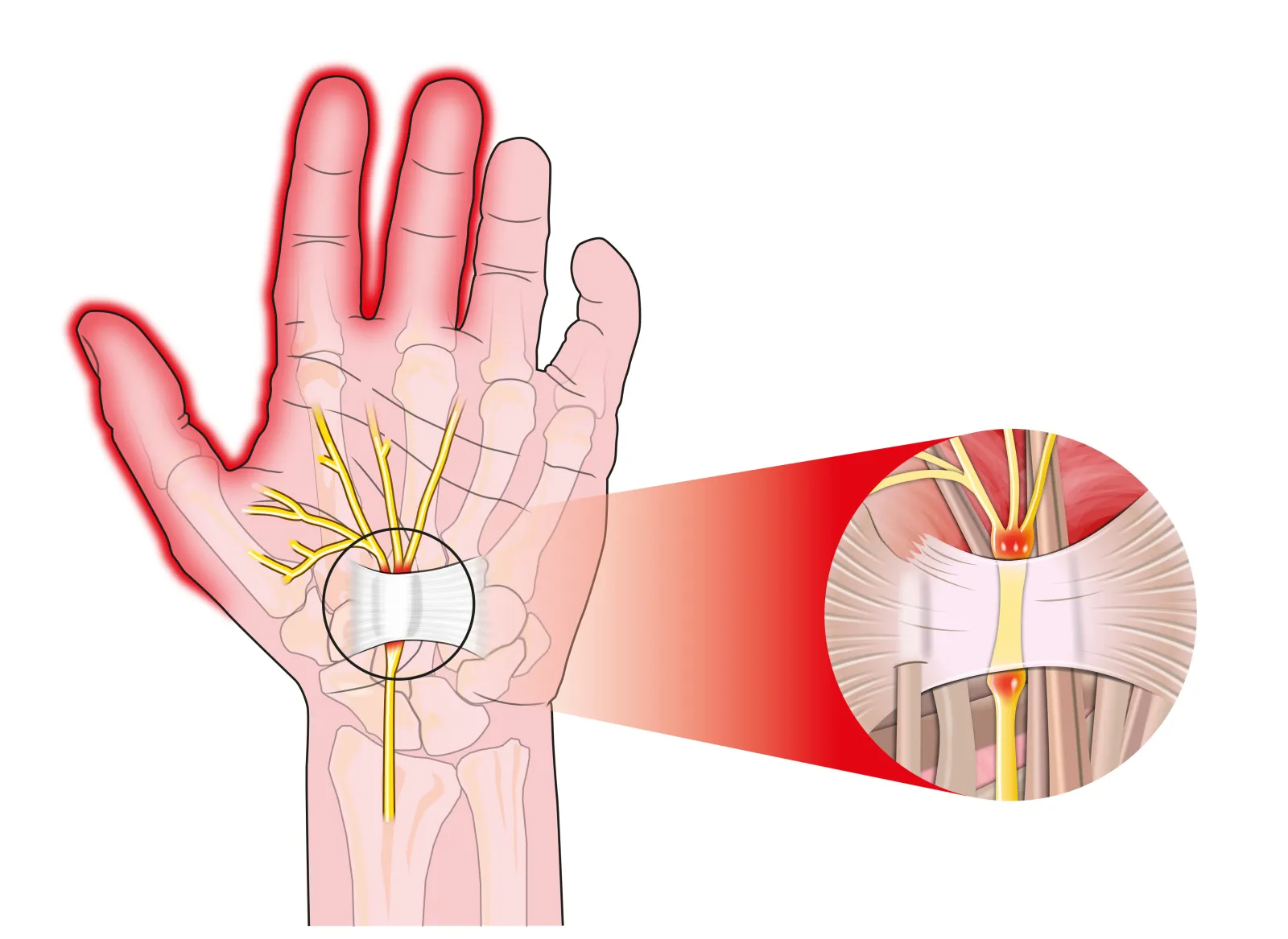
Many people suffer from carpal tunnel syndrome, a condition that compresses the median nerves as they pass through the wrist. While many non-surgical procedures can relieve pressure on the nerve, it may be necessary to perform carpal tunnel release surgery. The team at Orthopaedic Specialists of Austin has achieved excellent results thanks to this low-risk surgical procedure.
The team at our Austin, TX practice would like to consider the recovery process following carpal tunnel release surgery. This should give you a good idea of what to expect from treatment and why it may be right for you.
How Much Time Should I Take Off from Work?
This varies from patient to patient based on the kind of job they have. For office work and other jobs that are not physically demanding, you may be able to return to work after two weeks. For more strenuous occupations, more time off will be required to avoid injuring the wrist as you heal.
During the consultation process before surgery, these timelines and timeframes can be discussed in greater detail.
Common Side Effects After Carpal Tunnel Surgery
Some common side effects after carpal tunnel surgery include:
- Pain and discomfort
- Bruising
- Swelling
- Stiffness in the wrist and hand
These side effects can be managed and minimized with the use of pain medication and getting ample rest. Be sure to contact the practice if post-op side effects get worse or you notice anything that is cause for concern.
After Carpal Tunnel Surgery
Immediately after carpal tunnel surgery, patients will wear a bandage and/or splint to help stabilize the wrist after the procedure. Be sure to keep this bandage/splint on at all times to brace the wrist and aid in healing. Do not place any unnecessary stress or strain on the operated hand/wrist.
One Week After Carpal Tunnel Surgery
About one week after carpal tunnel surgery, patients will usually have stitches and their bandage removed. This may happen at week two depending on the recovery speed.
Once the splint/bandage is off, patients will usually begin undergoing physical therapy. This will help restore strength and mobility to the hand, fingers, and wrist. Remember that physical therapy is part of the healing process, and that it can take time before you are able to use your hand as you did prior to surgery. Don't rush things, and attend all physical therapy sessions as scheduled.
Two to Four Weeks After Carpal Tunnel Surgery
By the two-to-four-week mark, patients will return to work and notice an improvement in post-op side effects. Typing, light lifting, and driving are allowed as patients continue to heal. You may be encouraged to wear a splint weeks after the bandage was removed to help minimize stress on the wrist.
Six to Eight Weeks After Carpal Tunnel Surgery
By the two-month mark, patients will notice significant improvements in side effects as well as increased strength and movement of their wrist. Most patients will be able to engage in many of their favorite activities, though again, a return to such activities should not be rushed. Attend all follow-up visits with your surgeon and your physical therapist as scheduled.
One Year After Carpal Tunnel Surgery
One year after surgery, patients should experience all of the health benefits of carpal tunnel surgery. Wrist strength and grip strength should be restored, and pain in the wrist associated with carpal tunnel syndrome should be significantly lower.
Contact Our Team of Experienced Orthopedic Surgeons
For more information about treating carpal tunnel and other health problems that affect the hands and wrists, be sure to contact an experienced orthopedic surgeon. The Orthopaedic Specialists of Austin are here to help. You can reach our three offices by phone at (512) 476-2830.
